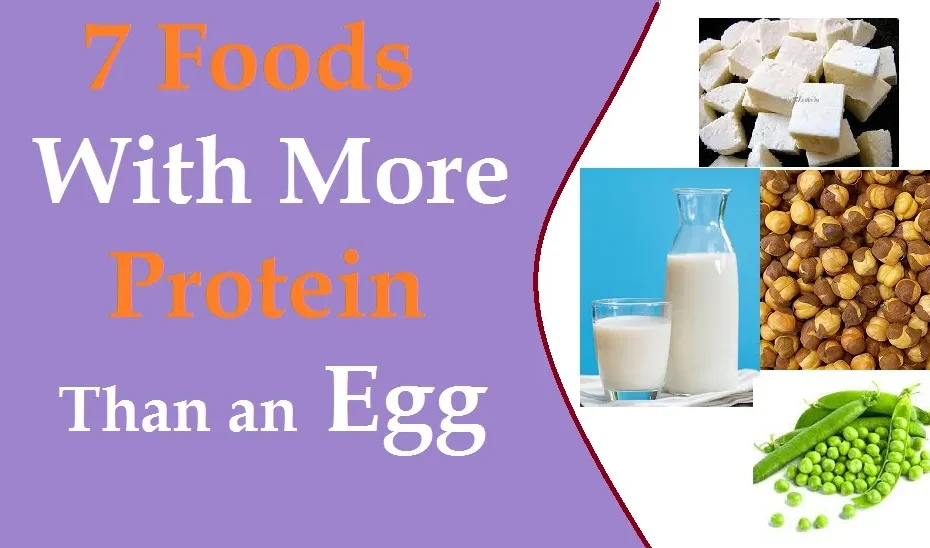1. Paneer (Indian Cottage Cheese):
Paneer is a dairy product par excellence that one creates by dividing the milk into globs and then squeezing out the whey. Being a high delineation vitamin, it is filled with good amounts of protein, calcium and phosphorus and may be liked by those individuals who are vegetarians. By variety of ways of cooking paneer you can make delicious dishes like paneer tikka, and paneer butter masala or you can simply grill this and use it as salad toppings. Paneer totals about 18 grams of protein for every 100 grams, making it not just a healthy alternative but also a necessary one for those striving to live a healthy lifestyle.
2. Chana (Chickpeas):
Besides standing on a spot in the Indian menu, these friendly legumes are a rich resource of vitamins and minerals. These are packed with the protein, fibre, vitamins, and mineral-endowed ingredients. Growing methods for chickpeas can be varied for example: boiling, roasting, or sprouting chickpeas can be used for cooking. Chickpeas can be found in the local cuisines presented as the chana masala, hummus, and falafel dishes. Tucked into which there are around 19 grams of protein per cooked cup, chickpeas are this water-nourished food’s so-called “new age Quincy.”
3. Soybeans:
The characteristic of soya beans (complete protein source) is that they contain all 9 essential amino acids that the body requires. They are found in several variations like soy chunks, soy milk, tofu and edamame in the Indian personal diet Soybeans are highly nutritious having protein, fibre iron and antioxidants as their main source of components. For example, if your diet consists of soybean curry, tofu stir-fry or even soymilk smoothies these dishes are a great way to provide your body with the nutritional benefits contributing to soybeans.
4. Dal (Lentils):
Since the olden times, yet now, Indian households do not seem to do without the humble dall – which is a renowned source of plant-based protein. Different types are available namely moong lentil, masoor lentil, and chana lentil where each has its respective flavour and texture. Lentils may be boiled minimally, or you can get creative with them by making soups and salads or throwing them into stews and curries. It is very affordable and it adds protein amount to which is about 9 grams per 100 grams (cooked). In other words, dal is a good choice for vegetarian people.
5. Mung (Sprouts):
Mung beans are at their most powerful when they are germinated. This means that they can be packed with nutrients and proteins. The mung bean sprouts are one of the ingredients frequently used in salads or soups to blend with other vegetables in Indian culinary arts. They are calorie-dense but rich in protein, fibre, vitamins, and minerals. With just a few ingredients, a simple green smoothie can provide a daily dose of essential nutrients to start the day. Mung bean sprouting is a workable healthful food which could be grown at home or bought in the markets. Mung bean sprouts which come up to almost 3g of protein in 100g (cooked weight) enhance the texture of your food with the same nutrients in them.
6. Milk:
Milk is a good source of protein. There are two main types of protein in milk: casein the and whey. Those kinds of proteins contribute to the building up and repairing of muscles in our body. The milk or the dairy product like the cheese or yogurt actually gets proteins from our system thus the body breaks them down into smaller amino acids. These amino acids in their turn are then utilized by our body to synthesize and repair tissues and become the basis of different important enzymes and materials for keeping us healthy. Thus, milk is the source of this amino acid compound for ourselves to consume. Apart from protein, milk also supplies you with other essential nutrients like calcium, vitamin D, vitamin B12 and potassium, which makes it a valuable drink choice for people across different age groups.
7. Green peas:
Peas are a useful legume for protein. They are those little round veggies that provide quite a bit of protein when cooking a cup of it. Green *peas* are a plant source of protein containing all the essential amino acids we need. When green peas are consumed from our diet, the body’s protein is deliberately broken down into amino acids which are the small parts of the protein. These particular amino’s then get this used to build and repair tites, create enzymes, as well as for many other functions. Adding green peas not only to salads and stir-fries but also to more substantial dishes is an easy way to complement protein intake with a meat-free diet.
Conclusion:
Adding these five vegetarian protein foods to your menu all the time, will let you also have a healthy nutrition side alongside the very enjoyable and diverse tastes. Followers of no animal food or those who are mainly plant-eating people can head to India since the country has these options abundantly or they can add more plant-based food to their diet. Consequently, they’ll be healthier and happier.
Frequently Asked Questions
Q: How can I perform cooking on chickpeas?
A:Chickpeas can be cooked putting them into water, roasted, or sprouted and put in e.g. chana masala, hummus, or falafel.
Q: Animal proteins such as red meat, poultry, and fish are not healthy.?
A: Soybeans can be made into dishes like soybean curry (or ladies’ favourite soy milk), tofu stir-fry and so on.
Q: What is lentil?
A: The lentil family contains a wide range of protective compounds that inhibit certain diseases. Lentils, which are known as dal in Indian cooking, have numerous varieties such as moong dal, masoor dal, and chana dal.
Q: In what ways are mung bean sprouts being used?
A: Mung bean sprouts, either when served raw or cooked by adding to the dishes, are much loved for the nutrition they provide.
